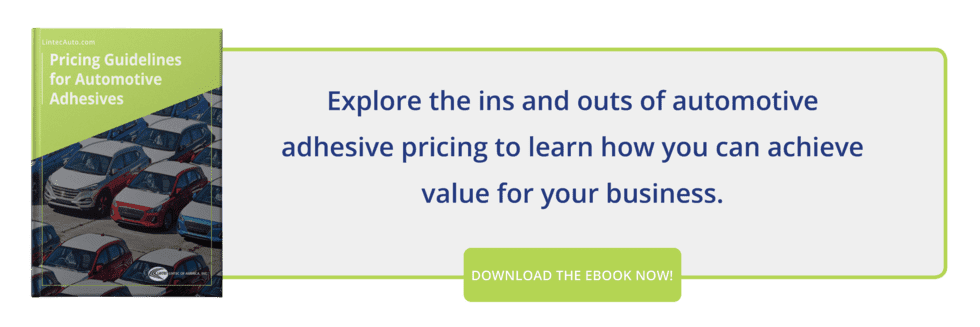The Impact of Automotive Films on Your Bottom Line

Grand View Research projected an impressive 4.6% CAGR from 2016 through 2025 in the market for automotive protection films. They point to increasing use and rising demand for protective film solutions as the drivers of this growth. Applications both inside and outside the vehicle are experiencing higher demand each year, including exterior body, roof, and bumper components, and interior console, dashboard, and door panels, as well as noise & vibration reduction.
If youre wondering why so many automakers are investing in films, you need only look to their impact on the bottom line. For example, consider the ways that these automotive films can increase net profits for your business, both directly and indirectly:
Paint Replacement Films
Plastics Today observes that automotive paint replacement films enhance aesthetics and durability while reducing secondary operations that add cost. For example, they share that Nissan understands the value of this streamlined process and has been using automotive films in place of paint or other costly decorative components for years.
Back in 2005, Nissan used a metal-stamped finish on the Altima SDs center console, instrument panel, and door spears. Metal trim would require separate tools (and therefore, modifications to existing tooling) that a laminating film insert does not. This simplified production process led to fewer manufacturing stages, faster line times, and lower total costs in production.
When used to replace paint on trim and door sashes that used to require tricky masking, de-masking, and curing times, automotive films are more than just a cost-effective material alternative to paint. They also:
- Eliminate environmental concerns (volatile organic compounds, compliance costs, etc.)
- Offer design flexibility (films can be extruded, injected, compression molded, or thermoformed)
- Meet the requirements of all automotive OEMs
Excitement for these kinds of films is palpableThe Society of Plastic Engineers expected to draw 250 people to its paint replacement film conference but ended up with over 500. There, they discussed many rising stars in the industry, such as:
- High-performance fluoropolymer films, which take excessive wear and tear while ensuring a perfect match to surrounding paint colors with minimal financial investment
- Ionomer-based thermoformed film inserts, which chemically link themselves to thermoplastic substrates during molding without any additional tooling
Investigate paint replacement films to skip the expensive, pollutant-heavy painting process with what Mayco President Timothy Hoefer called innovation that is being driven by the supplier base at the conference.
Protection Films For Shipping
Durable, residue-free, moisture-sealing protective films that are removed after shipping can have a massive impact on your bottom line. These are standard solutions for aluminum wheels and flooring materials, among other components.
There are a lot of hidden costs when automotive supplier products are damaged during manufacturing, packaging, or shipping. The purchasing business must contend with:
- Costly production delays
- Additional warehouse labor (for a second shipment)
- Time spent communicating/resolving the issue
On the supplier side, there are complications like:
- Product replacement
- Customer service time
- Costs of additional freight
- Packaging a second round of components/parts
And this doesnt even account for the financial impact of reduced customer lifetime value (by far the most expensive collateral damage). Package Insight recently found that an overwhelming 73% of people are unlikely to purchase from a company again after receiving a damaged item. Those surveyed also ranked product protection as the most important shipping factor (above sustainability and ease of product removal).
Protective interior films are a small investment that reaps massive rewards in the long run for your business.
Lightweight Automotive Adhesives
When paint replacement films substitute for metal trim or anti-vibration tapes to replace heavy rivets, automotive exterior paint protection films also cut the vehicles weight.
In todays competitive automotive market, lightweighting is not an optionits a reality. Consumers are buying vehicles with mileage and emissions in mind. Fuel economy for small vehicles is supposed to reach 50 mpg by 2022. The 2014 Cadillac CTS cut 250 lbs. from the 2013 model with automotive adhesives, and the 7% weight savings boosted its gas mileage.
Contact tier 2 automotive supplier today to see how automotive films can keep you competitive, streamline production, and protect your bottom line.


